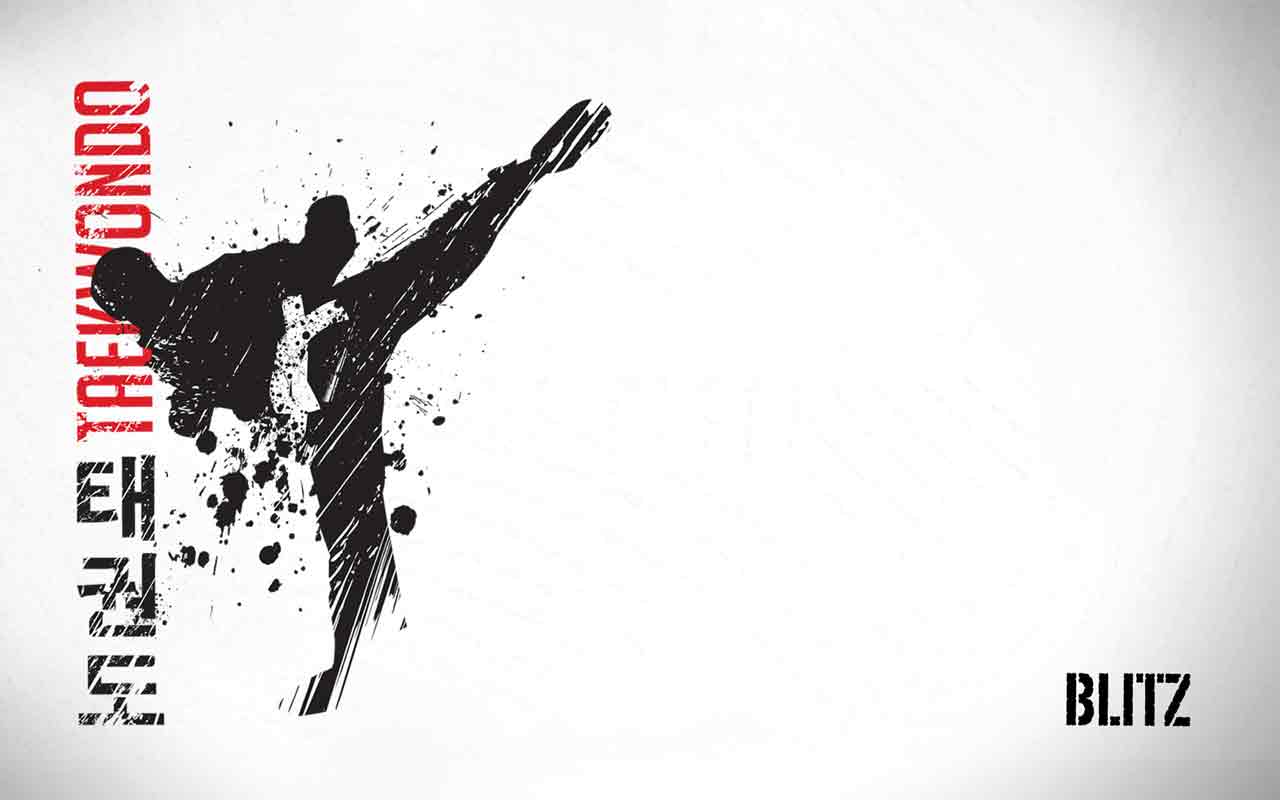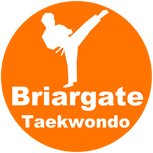
You’re revealing Taekwondo’s saga, tracing back to 50 BC in Korea, where Hwarang warriors envisioned its martial philosophy. Korean dynasties and figures like General Choi Hong Hi significantly shaped its course. Taekwondo’s principles emphasize courtesy and perseverance and guide personal development. Its evolution into an Olympic sport in 2000 highlights adaptability, merging traditional practices with modern influences. Globally, Taekwondo fosters cultural exchange, impacting media and promoting peace through the Kukkiwon. Advances in technology and sports science continue to refine training and performance. Documenting its history ensures a dynamic future, intertwining ancient practices with contemporary dynamism. As you investigate further, you’ll grasp Taekwondo’s profound impact and enduring legacy.
Table of contents
- Key Takeaways
- Ancestral Beginnings in Korea
- The Hwarang Warrior Influence
- Dynastic Contributions to Martial Arts
- Taekwondo: Evolution Into a Modern Discipline
- The Global Spread and Cultural Impact
- HOW ABOUT 4 WEEKS FOR $49?
- Taekwondos Inclusion in the Olympics
- Preserving Taekwondo’s Historical Legacy
- Learn About Taekwondo
- Conclusion
- Learn More
- HOW ABOUT 4 WEEKS FOR $49?
Key Takeaways
- Taekwondo’s roots trace back to around 50 BC in ancient Korea, influenced by Hwarang warriors.
- Emphasizes core values of courtesy, integrity, perseverance, self-control, and indomitable spirit.
- Transitioned to an Olympic sport in 2000, adopting modern technology and sports science.
- Global spread across 200 countries, enhancing cultural exchange and impacting popular media.
- Preserves historical legacy through documentation, cultural programs, and integrating traditional forms into modern practice.
Ancestral Beginnings in Korea
Taekwondo’s saga began around 50 BC in ancient Korea, where it emerged as a martial discipline emphasizing the art of foot and fist combat. Its origins dig deep into the cultural bedrock of Korea, reflecting a society that valued the harmony of physical prowess and mental discipline.
This ancient practice wasn’t simply about self-defense but a pathway to achieving a balanced life, intertwining physical rigor with philosophical principles. As you explore the origins of Taekwondo, you’ll discover that its ancient beginning is more than a historical footnote. It’s the foundation upon which the modern discipline stands, confirming Korea’s enduring influence on martial arts.
The ancient roots of Taekwondo, immersed in the traditions of Korea, have blossomed into a global phenomenon, highlighting the timeless appeal and significance of this martial art.
The Hwarang Warrior Influence
In ancient Korea, the Hwarang warriors, an elite cadre of young nobles, played a crucial role in shaping the martial and philosophical underpinnings of what we now recognize as Taekwondo. These warriors weren’t simply fighters; they embodied the best martial arts principles, blending physical prowess with spiritual depth.
Their rigorous martial arts training was more than physical conditioning; it was a pathway to developing the mind and character. The Hwarang’s commitment to honor, loyalty, and discipline profoundly influenced Taekwondo’s core tenets of courtesy, integrity, perseverance, self-control, and indomitable spirit.
This synthesis of martial prowess and ethical discipline ensured that Taekwondo’s legacy would be one of balanced personal development, making it a unique and profound martial art.
Dynastic Contributions to Martial Arts
How did various Korean dynasties contribute to the development and refinement of martial arts, particularly the evolution of Taekwondo?
Unlike the specific integration seen in arts like Brazilian Jiu-Jitsu, Taekwondo’s journey is less about direct lineage and more about synthesizing martial ideologies and techniques over time.
Originating in the 1950s, Taekwondo melded traditional Korean martial arts with Japanese karate influences under the stewardship of figures like General Choi Hong Hi.
The formation and global dissemination through bodies like the World Taekwondo Federation and International Taekwon-Do Federation marked its ascent.
Yet, Taekwondo’s Olympic debut in 2000 cemented its global standing, showcasing its unique emphasis on dynamic kicking, forms, and sparring to a worldwide audience.
Taekwondo: Evolution Into a Modern Discipline
You’ll find that Taekwondo’s journey from its ancient Korean martial arts roots to a globally recognized Olympic sport proves its adaptability and enduring appeal.
Its Olympic debut in 2000 marked a significant milestone in its history and accelerated its development by introducing electronic scoring systems that improved the accuracy and fairness of competitions.
This change reflects a broader trend of integrating technology and sports science to optimize training methods and performance, highlighting the discipline’s ongoing modernization.
READ MORE: Elite Women Warriors: Mind Tactics Revealed
Historical Roots Unearthed
Taekwondo’s journey from its ancient Korean martial arts origins to its recognition as a modern Olympic sport exemplifies a remarkable evolution, blending traditional practices with global influences.
Tracing its roots back to around 50 BC, ancient practices and martial traditions have been meticulously integrated into the fabric of modern Taekwondo. This synthesis not only preserves the cultural significance of its origins but also raises the discipline to a global stage.
The emergence of Taekwondo in the 1950s and 1960s, merging Korean martial arts with elements from Japanese karate, marks a pivotal era. This transformation underlines a shift towards high, fast kicks and dynamic movements, distinguishing Taekwondo from other martial arts.
Its evolution underscores a deep respect for both physical prowess and mental discipline, championing holistic development among practitioners.
Olympic Debut Impact
Building on its historical foundations, Taekwondo’s Olympic debut at the 2000 Sydney Games marked a transformative moment, elevating the discipline to new heights within modern sports. This pivotal event infused martial arts with Olympic prestige and notably broadened its global recognition. You must understand that the shift into an Olympic sport catalyzed a refinement in competitive strategies, enhancing both the athletes’ motivation and the martial arts’s appeal on the international stage.
| Aspect | Before Olympic Inclusion | After Olympic Inclusion |
|---|---|---|
| Global Recognition | Limited | Substantially Expanded |
| Competitive Edge | Developing | Sharply Defined |
| Standardization | Nascent | Highly Structured & Systematic |
The Olympic debut underscored Taekwondo’s evolution from a traditional practice to a globally celebrated sport, spotlighting its unique blend of physical prowess and disciplined technique.
READ MORE: 10 Best Taekwondo Punches for Self-Defense
The Global Spread and Cultural Impact
As you investigate the global spread and cultural impact of Taekwondo, you’ll notice a significant surge in its adoption across over 200 countries since becoming an official Olympic sport in 2000.
This widespread acceptance has fostered a rich cultural exchange and solidified its influence on popular media, showcasing dynamic kicking techniques and promoting values like discipline and respect.
The formation of numerous international federations underscores its global appeal, catalyzing cultural exchange and enhancing its stature as a revered martial art form.
Worldwide Adoption Surge
The global spread and cultural impact of Taekwondo has marked it as a martial art that transcends mere physical discipline, influencing educational systems and community programs across more than 200 countries.
Analyzing this worldwide adoption surge reveals:
- Taekwondo’s inclusion in the Olympics has bolstered international recognition, elevating its prestige and encouraging the adoption of standardized training techniques.
- Cultural integration has been seamless, with Taekwondo’s values enhancing the competitive spirit in diverse societies.
- The proliferation of community programs demonstrates Taekwondo’s global reach, making martial arts accessible to all ages and backgrounds.
- These elements collectively foster a unique blend of physical prowess and moral fortitude, cementing Taekwondo’s status as a discipline that nurtures athletes and global citizens.

HOW ABOUT 4 WEEKS FOR $49?
Take advantage of this amazing special, before it’s too late!
Impact on Popular Media
Several popular media forms, including Hollywood films, TV shows, and video games, have been greatly influenced by Taekwondo’s widespread acclaim and cultural integration following its Olympic debut in 2000.
Hollywood representation, as seen in films like ‘Best of the Best’ and ‘The Foot Fist Way,’ showcases Taekwondo’s dynamic techniques and philosophies, embedding them into the cinematic fabric.
Through franchises such as Tekken and Street Fighter, video game recognition highlights the art’s compelling appeal, offering players immersive experiences rooted in Taekwondo’s strategic depth.
Moreover, animated series influence, especially in ‘Avatar: The Last Airbender,’ introduces younger audiences to Taekwondo, weaving its principles and movements into storylines that engage and educate.
Collectively, these media forms raise Taekwondo’s cultural footprint, emphasizing its significance in shaping and enriching global popular culture.
READ MORE: Taekwondo in Colorado Springs
Cultural Exchange Catalyst
Taekwondo’s evolution into an Olympic sport in 2000 marked a pivotal moment, catalyzing its global spread and underscoring its role as a noteworthy cultural exchange medium. You’ll appreciate how it embodies:
- Cultural diplomacy: By showcasing Korean culture, Taekwondo fosters global connections, enhances mutual understanding, and promotes peace.
- Global connections: The Kukkiwon spearheads initiatives, uniting over 200 countries through the shared language of martial arts.
- Unity through sport: Competitions and cultural events serve as platforms for practitioners to transcend geopolitical boundaries, cultivating friendship and harmony.
- Educational impact: Its inclusion in curriculums worldwide not only furthers cultural awareness but also instills values of respect, discipline, and perseverance, contributing significantly to the art’s legacy.
Taekwondos Inclusion in the Olympics
Marking a pivotal moment in its international journey, taekwondo gained official Olympic status in the 2000 Sydney Games, transforming its global presence and participation dynamics. This inclusion heralded a new era of Olympic success, bolstering international recognition and amplifying the competitive spirit inherent in the discipline.
| Year | Highlight | Impact |
|---|---|---|
| 2000 | Official Olympic Inclusion | Catalyzed global interest and participation |
| Subsequent | Popularity Surge | Attracted a wider audience, and athletes |
| Diverse Participation | Showcased global talent across weight classes | |
| Enhanced Competitive Spirit | Raised standards and performance | |
| Ongoing | Sustained International Appeal | Solidified taekwondo’s status in global sports |
The sport’s Olympic journey underscores its role in fostering a universal competitive spirit while boosting its stature on the world stage.
Preserving Taekwondo’s Historical Legacy
Following its Olympic success, attention must now turn to how Taekwondo safeguards its rich historical legacy. The task is multifaceted, demanding a balance between historical preservation and modern relevance, where traditional techniques find contemporary applications. Here’s how this balance can be achieved:
- Documenting Oral Histories: Capturing the narratives of Taekwondo’s pioneers guarantees the preservation of foundational philosophies and techniques for future generations.
- Incorporating Traditional Forms in Modern Curriculum: This bridges the gap between ancient practices and today’s competitive landscape.
- Advanced Research and Publication: Scholarly work on Taekwondo’s history and evolution fosters a more profound understanding among practitioners.
- Cultural Exchange Programs: These initiatives promote legacy conservation and future integration, ensuring Taekwondo remains a vibrant part of global martial arts culture.
These strategies ensure Taekwondo’s saga continues, melding the past with the present for a dynamic future.
Learn About Taekwondo
Diving into the rich tapestry of Taekwondo reveals a Korean martial art that has evolved since 50 BC and is renowned for its sophisticated emphasis on kicks and punches.
This discipline’s hallmark lies in its meticulous belt progression system, a structured path that guides practitioners from novice to mastery, encapsulating the essence of skill acquisition and personal development.
Sparring techniques in Taekwondo, characterized by diverse kicks, underscore the art’s commitment to speed, power, and accuracy. These combative exchanges serve not only as a test of proficiency but also as a crucible for refining tactical acumen.
Moreover, the training benefits extend beyond physical prowess, fostering self-discipline, confidence, and holistic well-being, positioning Taekwondo as a martial art with profound transformative potential.
Conclusion
As you’ve journeyed through Taekwondo’s rich tapestry, it’s clear that its essence transcends mere physicality; it embodies a profound cultural heritage.
This martial art, shaped by warriors, dynasties, and millennia of evolution, is now a global phenomenon, bridging cultures and continents.
Its Olympic inclusion isn’t just a confirmation but proof of its universal appeal and enduring legacy.
Therefore, preserving Taekwondo’s history isn’t merely archival; it’s a homage to humanity’s unyielding spirit—an ethos worth cherishing and propagating.
Learn More

HOW ABOUT 4 WEEKS FOR $49?
Take advantage of this amazing special, before it’s too late!
